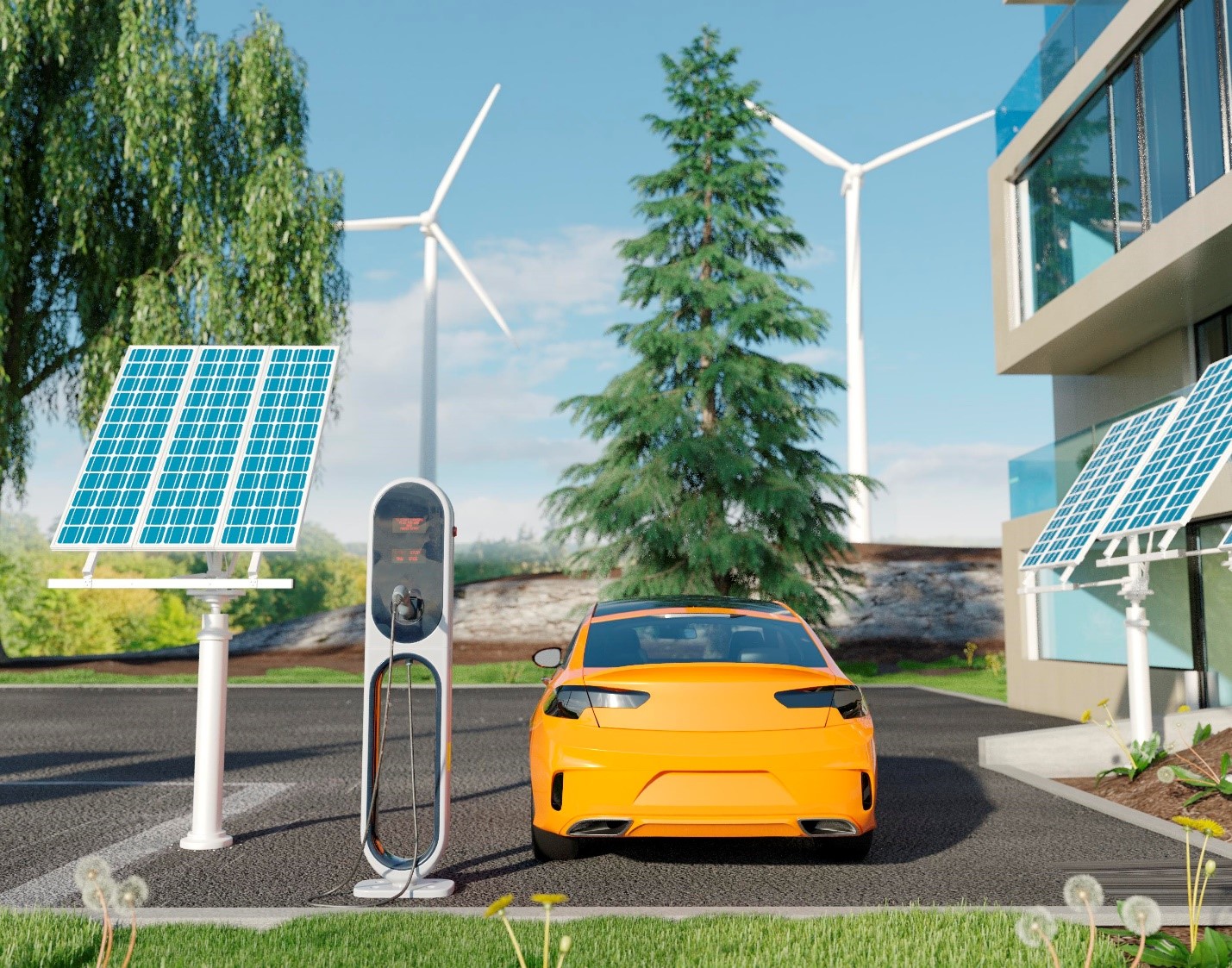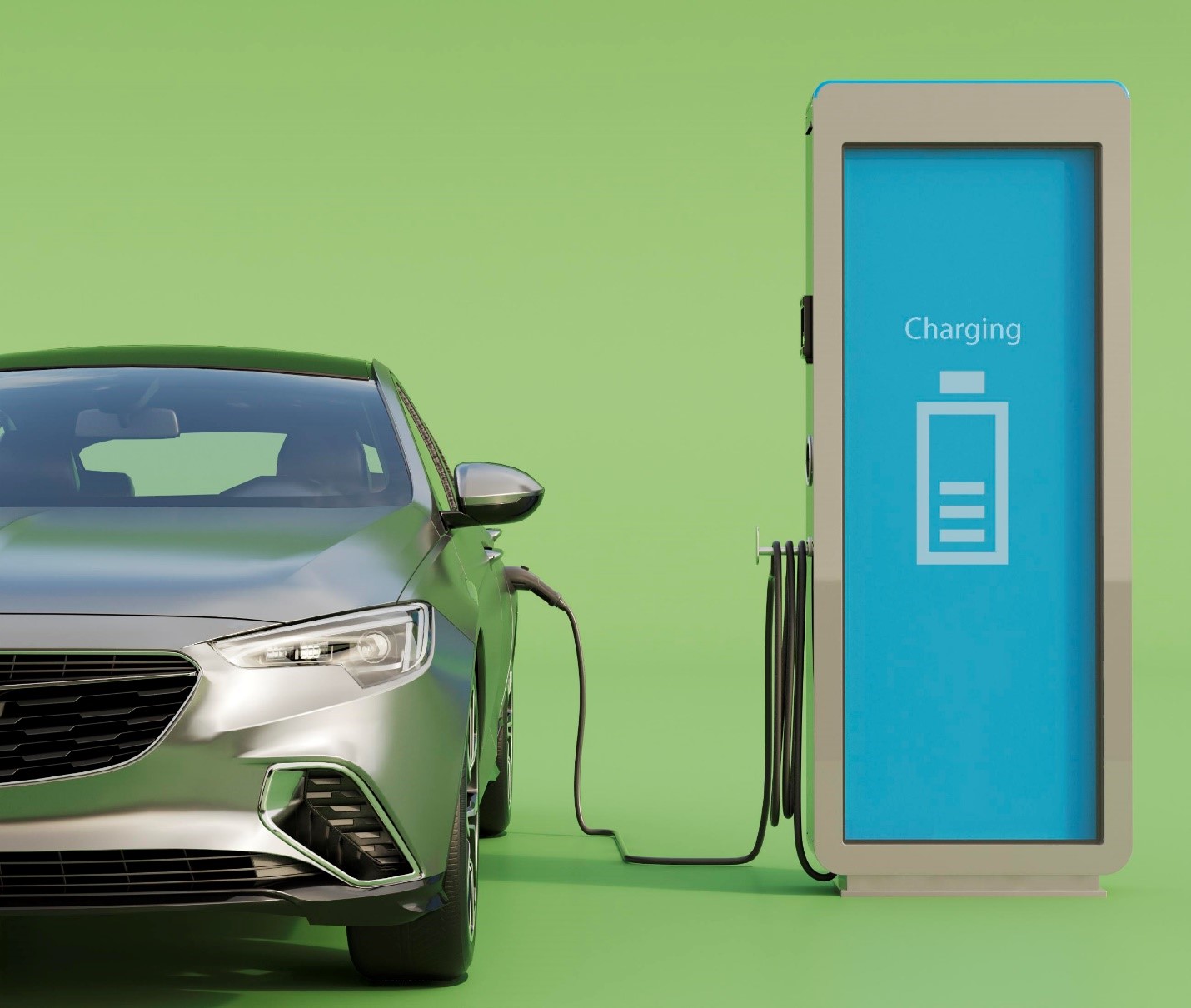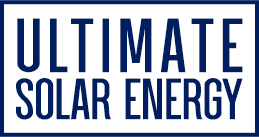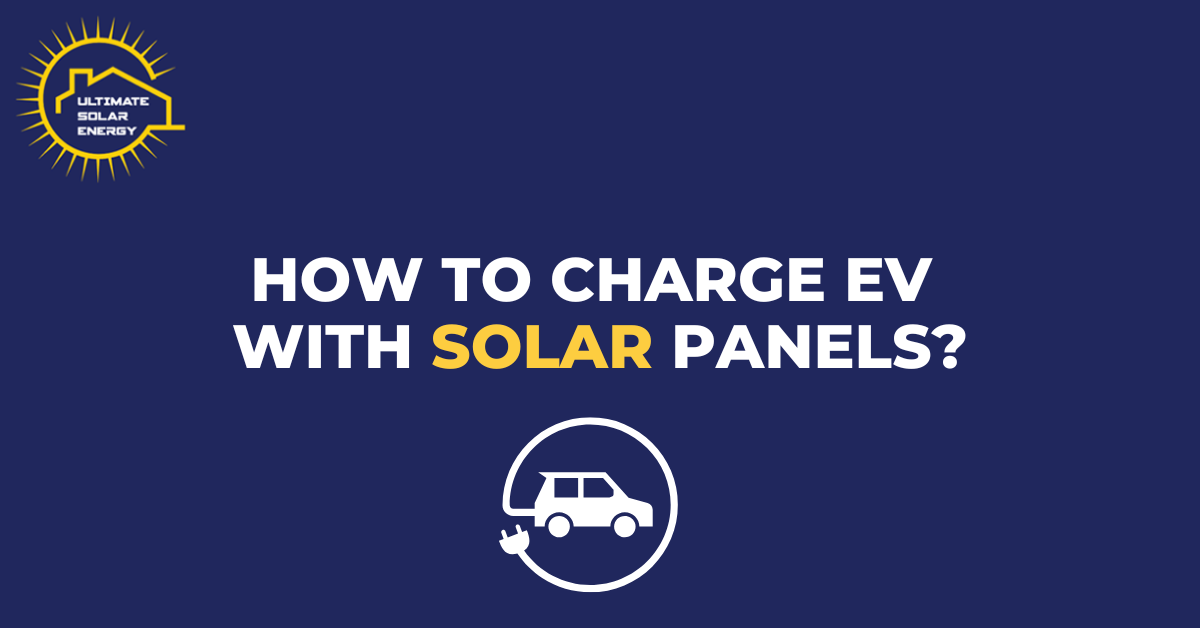How to Charge EVs with Solar Panels?
How to Charge EVs with Solar Panels?

If you’re interested in adopting eco-friendly practices and reducing your carbon footprint, you may be curious about the potential of solar panels in achieving these goals. Solar panels are a renewable energy solution that can help minimize your reliance on non-renewable fossil fuels. The good thing is that solar technology is evolving, and now solar users can charge their electric vehicles (EVs) with solar power. Nonetheless, it’s essential to consider several factors before transitioning to solar power. So, let’s delve into the role of solar panels in EV charging and a few potential limitations to bear in mind.
Can Solar Power Charge EVs?
Yes! Solar panels generate clean and green power suitable for every electric vehicle charging. There are several approaches to achieving this, but the most prevalent method involves connecting the solar panels directly to the EV charging port. By doing so, the solar panels can charge the EV’s battery instantly.

Charging an Electric Vehicle with Solar Power
Multiple methods are available for charging an electric vehicle (EV) using solar power, each with advantages. One common approach involves utilizing a photovoltaic (PV) system, which converts sunlight into electricity. Later, it gets employed to charge the EV battery.
Another option is solar thermal system installation. It converts sunlight to heat water or air, subsequently used to warm the EV battery.
Alternatively, you can use a dedicated solar PV system for EV charging. It involves setting a PV system on one’s residence and directly connecting it to the EV charger. This setup enables charging the EV during daylight hours when the sun is available, with the option to disconnect at night. This option necessitates upfront planning and investment. It can result in long-term cost savings.
Also, certain companies now offer solar-powered EV charging stations. These stations typically incorporate larger PV systems capable of charging multiple batteries simultaneously. Usually situated in public spaces like parking lots or gas stations, these stations provide convenience for EV owners who lack access to home charging facilities.
Home Electric Vehicle Recharging options
After investing in solar power, EV owners often wonder about compatible charging options and whether they can integrate them with their rooftop solar system. It’s important to note that most level 2 chargers, also known as wall box chargers, are straightforward devices that can be installed in any home or business, regardless of whether they have rooftop solar panels. The significant consideration is whether your utility grid connection has sufficient spare capacity to support a level 2 charger, typically requiring a 32A supply.
There are technically three levels of EV chargers, but only the first two are suitable for home use.
Level 1 chargers are primary portable devices that can be plugged into a standard 10A power socket. These chargers often come as standard equipment with most EVs.
Level 2 chargers are compact wall-mounted units installed permanently at homes and businesses.
Level 3 chargers, on the other hand, are large and powerful fast chargers commonly found at dedicated roadside EV charging stations.
Here is a breakdown of the charger levels:
- Level 1: Portable chargers with 10A or 15A plugs, ranging from 1.4kW to 3.6kW.
- Level 2: Dedicated wall-mounted chargers, also known as wall box chargers, with power ratings from 5kW up to 22kW.
- Level 3: Roadside EV charging stations with DC fast chargers, providing power from 50kW up to 300kW.
It’s worth noting that for domestic use, level 2 chargers (wall box chargers) are the most common and practical choice for EV owners.
Is Solar Charging the Cheapest Way to Recharge EVs?
Recharging electric vehicles (EVs) has become more convenient and cost-effective with the integration of solar panels. Here are some factors that make it a reasonable recharging option:
- Solar power is approximately 50% cheaper than grid power, making it the most economical way.
- Homeowners who invest in a solar energy system qualify for a 30% federal tax credit, reducing the solar setup cost and the electricity used to charge the vehicle.
- Owning a personal charging station eliminates the long waiting hassle at public EV chargers.
- Charging your electric car with solar power reduces your carbon footprint, providing an eco-friendly choice that saves you money.
- Solar panel charging is the most cost-effective method to refuel an EV, avoiding the need to pay regular prices for gasoline or electricity.
- Solar panels serve as an excellent alternative to traditional grid-based electricity sources.
- Solar panel charging is more efficient than traditional methods as it can utilize excess energy that could otherwise be lost through heating and air conditioning systems in homes and businesses.
Take Away
Solar panels offer an excellent solution for charging electric vehicles. Their eco-friendly nature can contribute to reducing your carbon footprint while potentially saving you money on your electric bill. Also, solar panels have the capability to keep your car battery charged and prepared for your journeys.
At Ultimate Solar Energy, we make your decision-making process so simple. We design customized solutions based on your requirements, using only the most premium products.
Get a Free Quote now!

